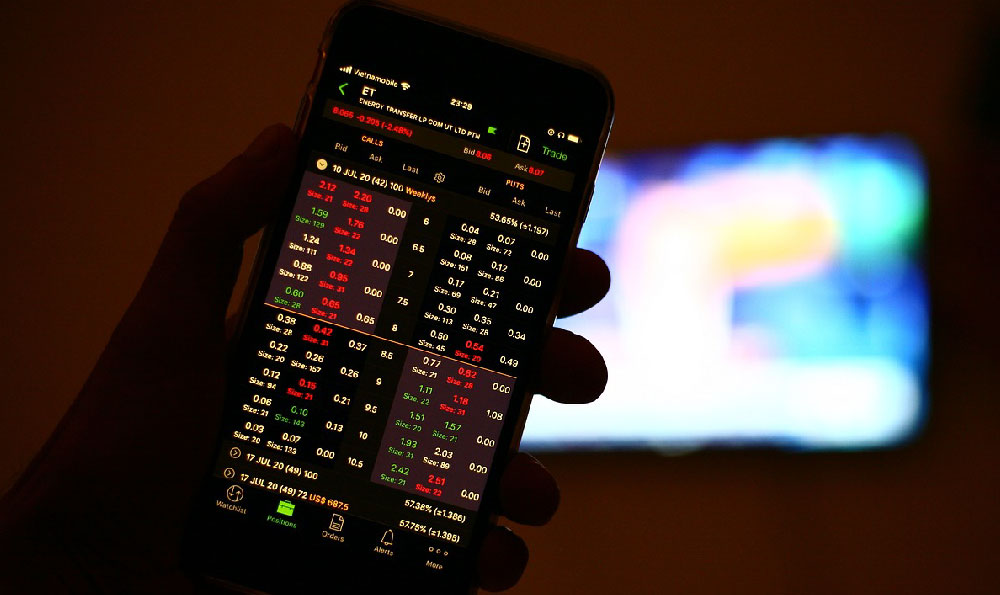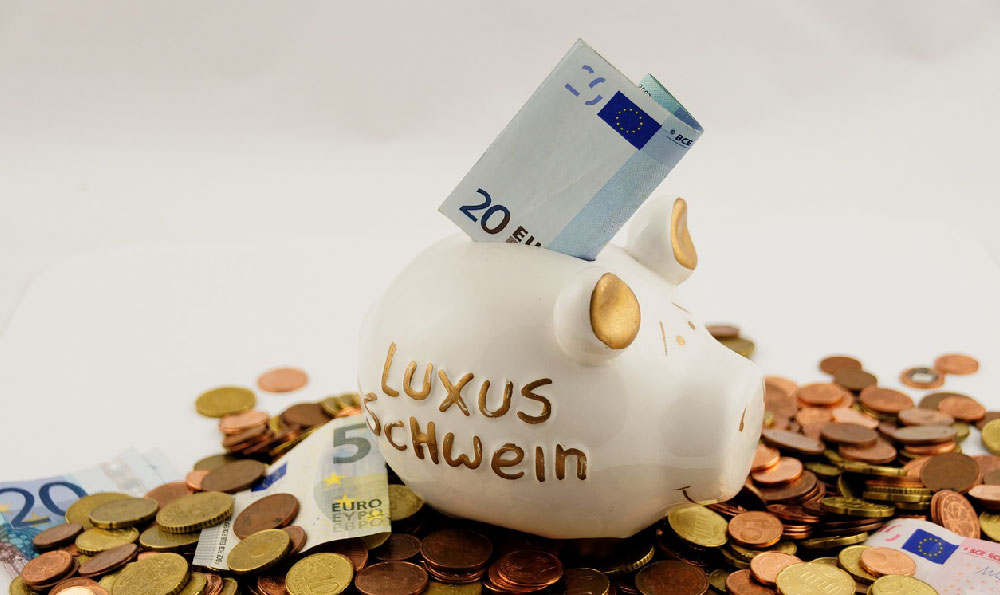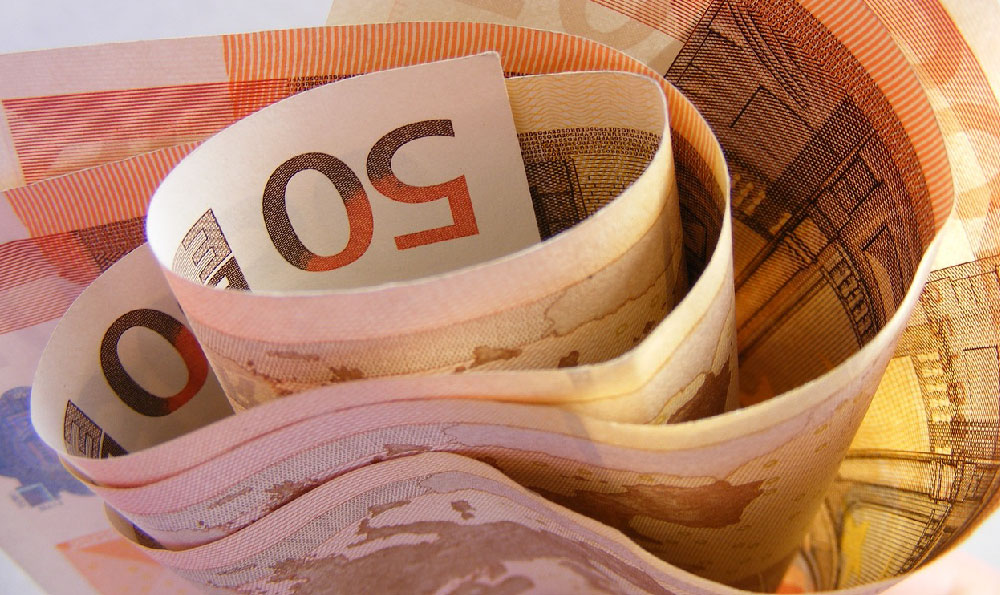Alright, let's delve into the hypothetical earnings and revenue projections for Black Myth: Wukong. As an investment and financial specialist, I'm going to approach this not just from a gamer's perspective, but from the perspective of someone assessing its potential as a profitable entertainment venture.
Estimating the revenue for a highly anticipated game like Black Myth: Wukong is complex and requires us to consider various factors. Unlike publicly traded companies where financial statements are readily available, the sales figures for individual games are often guarded closely by the development studio (Game Science) and their publishers (if any). Therefore, what we're constructing here is a reasoned analysis based on publicly available data, market trends, and comparisons to similar titles.
One crucial element is the game's potential sales volume. The hype surrounding Black Myth: Wukong is immense. The trailers have gone viral, showcasing breathtaking graphics and a compelling narrative rooted in Chinese mythology. This level of attention, coupled with the relatively untapped market for high-quality action RPGs based on Chinese folklore, suggests a potentially significant player base. Let's consider a few sales scenarios:

-
Conservative Scenario: This assumes that despite the hype, the game suffers from launch issues (technical glitches, optimization problems), or that the gameplay doesn't quite live up to expectations. In this case, let's estimate sales of 3 million units across all platforms (PC, PlayStation 5, Xbox Series X/S).
-
Moderate Scenario: Here, the game launches smoothly, receives positive reviews, and builds a strong word-of-mouth reputation. Sales reach 6 million units.
-
Aggressive Scenario: Black Myth: Wukong becomes a runaway success, exceeding all expectations. It achieves critical acclaim, captivates a global audience, and enjoys consistent post-launch support. Sales reach 10 million units or more.
Next, we need to determine the average selling price (ASP). This varies depending on the platform and the region. PC games generally have a lower ASP than console games, and prices are often adjusted for different regional markets. A reasonable estimate would be:
- PC: $40 - $50
- Consoles: $60 - $70
Now, let's calculate the potential revenue for each scenario:
-
Conservative Scenario (3 million units):
- Assuming a 60/40 split between PC and consoles, we have 1.8 million PC sales and 1.2 million console sales.
- PC revenue: 1.8 million units * $45 (average PC price) = $81 million
- Console revenue: 1.2 million units * $65 (average console price) = $78 million
- Total revenue: $81 million + $78 million = $159 million
-
Moderate Scenario (6 million units):
- Again, assuming a 60/40 split, we have 3.6 million PC sales and 2.4 million console sales.
- PC revenue: 3.6 million units * $45 = $162 million
- Console revenue: 2.4 million units * $65 = $156 million
- Total revenue: $162 million + $156 million = $318 million
-
Aggressive Scenario (10 million units):
- 6 million PC sales and 4 million console sales.
- PC revenue: 6 million units * $45 = $270 million
- Console revenue: 4 million units * $65 = $260 million
- Total revenue: $270 million + $260 million = $530 million
It's important to remember that these revenue figures are gross revenue. To understand the profitability of the game, we need to consider the development costs, marketing expenses, and platform fees. Development costs for a AAA game like Black Myth: Wukong are likely to be substantial, potentially tens or even hundreds of millions of dollars, considering the advanced graphics, motion capture, and extensive development cycle. Marketing expenses can also be significant, especially for a game with global ambitions.
Furthermore, platform holders (Steam, PlayStation, Xbox) take a cut of each sale, typically around 30%. This means that Game Science would only receive around 70% of the gross revenue after platform fees.
Therefore, even in the aggressive scenario with $530 million in gross revenue, the net revenue after platform fees would be around $371 million. Subtracting the development and marketing costs would give us the actual profit margin. A rough estimation could put the profit anywhere from slightly below the gross revenue to break even point.
Beyond initial sales, Black Myth: Wukong could generate additional revenue through DLC (Downloadable Content), in-game microtransactions (cosmetic items, etc.), and potential sequel development. A successful game can establish a valuable intellectual property (IP) that can be leveraged for years to come.
In conclusion, while pinpointing the exact revenue of Black Myth: Wukong is impossible without insider information, we can reasonably estimate that a successful launch could generate hundreds of millions of dollars in gross revenue. The ultimate profitability will depend on a multitude of factors, including development costs, marketing strategy, and the game's long-term appeal. From an investment perspective, the game represents a potentially high-reward, high-risk venture. The immense hype suggests a strong likelihood of significant sales, but the success of the project hinges on delivering a polished and engaging experience that lives up to the expectations. It's crucial to remember that game development is inherently unpredictable, and unforeseen delays or technical issues can significantly impact the financial outcome. Before making any investment decisions related to the game's developer or publisher (if publicly traded), thorough due diligence and a careful assessment of the risks are essential.












